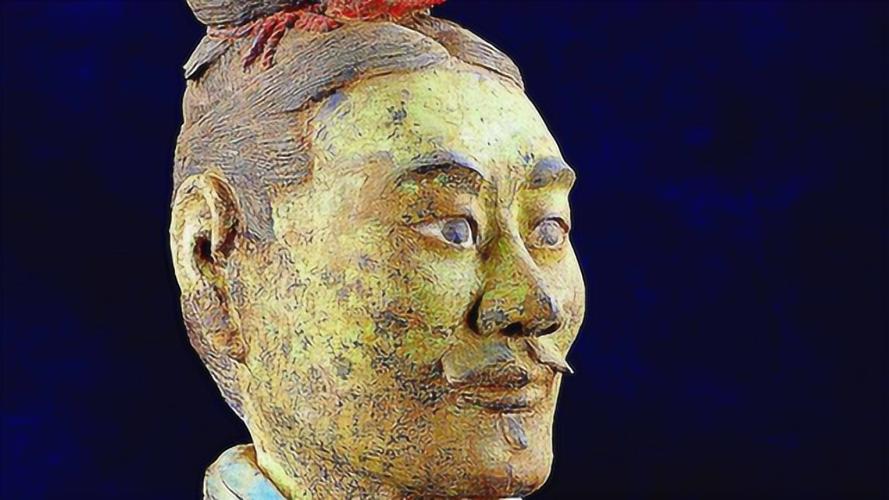
The Tragic Fate of the Farmers Who Discovered the Terracotta Army
In 1974, a group of seven farmers in Xi'an, China, stumbled upon one of the greatest archaeological discoveries of the 20th century: the Terracotta Army. This vast collection of life-sized terracotta sculptures, buried alongside the first emperor of China, Qin Shi Huang, captivated the world and became a UNESCO World Heritage Site. Yet, for some of the men who unearthed this treasure, the experience was far from enriching.
A Discovery that Changed the World
The year was 1974. China was in the throes of the Cultural Revolution, and Yang Zhifa, along with six other farmers, were tasked with digging a well in a field near Xi'an. As their shovels hit the dry earth, they unearthed fragments of terracotta – shards of pottery they initially dismissed as broken roof tiles. Little did they know, they had unearthed the guardians of an emperor, buried for over two millennia.
The news of their discovery quickly reached authorities, and archaeologists descended upon the site. What they found astonished the world: thousands upon thousands of meticulously crafted terracotta soldiers, horses, chariots, and weapons, standing in military formation as if ready to march into eternity.
A Life Uprooted, a Fortune Missed
The discovery of the Terracotta Army brought fame and fortune to the region, transforming the sleepy village into a bustling tourist hub. However, for some of the farmers, the experience was bittersweet. They had unwittingly unearthed a treasure beyond measure, yet they saw little of the riches it generated.
Relocated from their farm and employed by the museum that sprung up around the site, they earned meager wages, their lives forever tethered to the discovery. They signed away their rights to the find, receiving a small sum at the time, a pittance compared to the billions generated by the Terracotta Army.
Tragedy Strikes: Three Farmers Meet Untimely Ends
Of the original seven discoverers, three met tragic ends. Yang Yanxin, just 50 years old, died in 1997, taking his own life by hanging. His family later revealed he had been battling financial struggles and the emotional weight of his role in the discovery.
Two others, Yang Quanyi and Yang Peiyan, died in their early fifties, both from illnesses they could not afford to treat. The South China Morning Post reported they died penniless, highlighting the stark contrast between the immense wealth generated by their discovery and their own impoverished conditions.
The Legacy of the Farmers
The story of the farmers who unearthed the Terracotta Army is a complex one. While the discovery brought them a degree of fame, it also brought hardship and, for some, tragedy. Their story serves as a sobering reminder of the human cost sometimes exacted by such monumental discoveries.
Though their lives were forever altered by their chance encounter with history, their contribution to archaeology and to our understanding of China's rich past is undeniable. The Terracotta Army remains a testament to the power of human ingenuity and a poignant reminder of the passage of time. And, it stands as a silent tribute to the farmers who, with a single swing of their shovels, unveiled a wonder that continues to captivate the world.
FAQs
1. Where is the Terracotta Army located? The Terracotta Army is located in Lintong District, Xi'an, Shaanxi province, China.
2. How many terracotta figures are there? It's estimated that there are over 8,000 terracotta soldiers, horses, chariots, and weapons buried at the site.
3. Why was the Terracotta Army built? The Terracotta Army was built to accompany the first emperor of China, Qin Shi Huang, in the afterlife, protecting him and ensuring his eternal power.